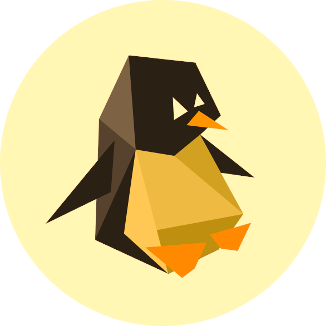

Tauri doesn’t automatically make apps perform good. Easy and common pitfalls still can make it go to a crawl just like electron.
Yaak is an example of a tauri app that performs horribly, and that can’t reach a satisfactory 30fps on modern hardware. The issue is within how tauri interacts with the js world and syncs state.






You seem like a great guy to talk to.
Fyi, tensor cores and RT cores are not the same thing. But I suppose nerds online will just parrot whatever marketing bs the manufacturer says.